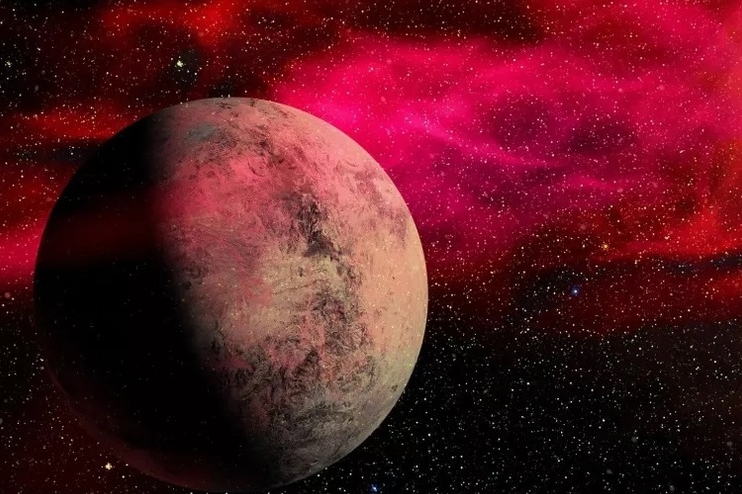According to new research, one-third of planets lie in the so-called Goldilocks zone, where liquid water could theoretically exist, along with the potential for life.
Planets orbiting red dwarf stars may support life. Photo: Pixabay
Most stars in our galaxy are “red dwarfs” and many of the planets orbiting them could be habitable, according to new research by astronomers at the University of Florida.
“Red dwarfs” are a relatively small and cool type of star. They make up the majority of stars in the Milky Way, have masses less than half that of the Sun, and surface temperatures of less than 3,500 K.
For their analysis, astronomers at the University of Florida combined new information from the European Space Agency's Gaia satellite to refine measurements of the orbits of exoplanets. Gaia is an instrument capable of precisely measuring the distances and motions of stars.
To determine whether a planet has life, the team needs to determine the “eccentricity” in the orbit of a planet orbiting a red dwarf.
Planets around highly eccentric red dwarfs will burn up if they get close enough to the star, a process called “tidal heating.”
Tidal heating causes the planet to continually expand and contract due to the gravitational pull of the star, much like rubbing your hands together generates heat due to friction. As the temperature increases, the water on the planet will evaporate and life will not be able to thrive.
Conversely, when a planet is too far from its star, it will lack the warmth necessary for life. Therefore, planets orbiting red dwarfs must satisfy two factors to support life: they must be close enough to the central star to have enough warmth; and the orbit must have a small and stable eccentricity.
Through their research, Sagear and Ballard discovered that a third of the planets lie in the so-called Goldilocks zone, where liquid water, along with the potential for life, could theoretically exist. This means there are hundreds of millions of potentially habitable planets in the Milky Way galaxy alone.
“I think this result is really important for astronomy over the next decade. It’s a great starting point for finding habitable planets,” Sagear said.
According to Zing
Source

























































































![[OCOP REVIEW] Tu Duyen Syrup - The essence of herbs from the mountains and forests of Nhu Thanh](https://vphoto.vietnam.vn/thumb/402x226/vietnam/resource/IMAGE/2025/6/5/58ca32fce4ec44039e444fbfae7e75ec)







Comment (0)